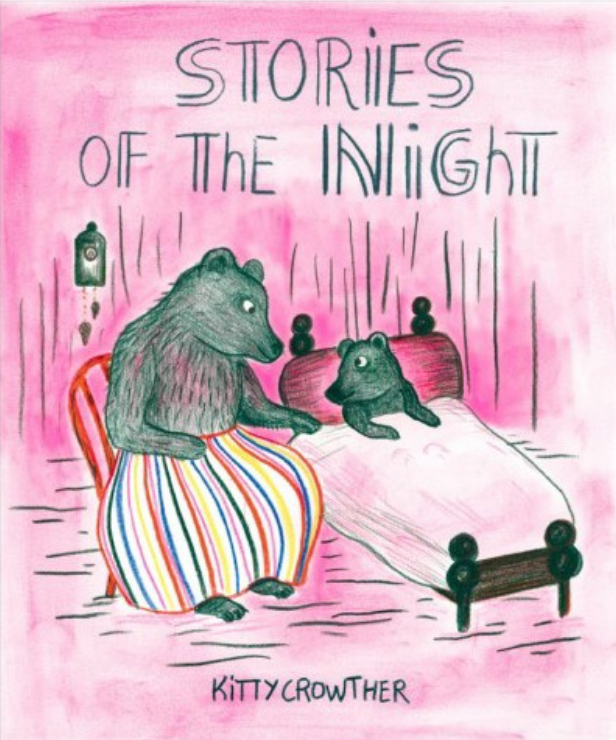By Janelle Mathis, University of North Texas
Imagination in its many forms is present in much of children’s and young adult literature just as it is in “real” life. It can help us deal with situations that are seemingly beyond our control, express ourselves in authentic ways through other sign systems, create practical solutions to everyday needs or desires, position ourselves in other contexts as we work to understand other perspectives and eras and add an enjoyable fantasy element to our lives. I always enjoy revisiting the following quote: “Imagining possibilities is at the core of understanding other people, other times, and other places” (Wilhelm and Edmiston, 1998, p. 4). I also am reminded of Frank Smith’s idea (1992) that imagination makes reality possible (1992). So, while there are many ways to celebrate imagination in children’s literature, I would like to share, from the 2019 (published in English in 2018) OIB list, a few very basic examples of children using imagination in seemingly simplistic ways. I believe that these are the seeds that can grow into more complex uses of imagination as children grow into creative and responsible adults.


